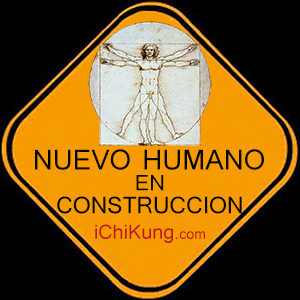
The Science of Grounding:
How Earthing Improves Sleep and Reduces Inflammation
What Is Grounding and How Does It Work?
The concept of grounding was initially developed by Clint Ober, who began studying it in an effort to heal himself and who introduced the concept of grounding to Sinatra. As a retired cable television executive, Ober noticed that when cables are "grounded" to the Earth, it eliminates interference from the signal.
All electrical systems are stabilized in this way, which led Ober to wonder whether the human body, also a bioelectrical, signal-transmitting organism, should also be grounded.
He describes the invention of synthetic materials, which in turn allowed synthetic soles to be put onto our shoes, as a key part of the problem, as it effectively insulates us from the Earth.
It's not unusual for Americans to spend their entire days, from sun up to sun down, without being grounded. But though it has become the norm, it's also completely unnatural. We depend on the Earth to survive, but we've become entirely disconnected from it, such that we're completely separate.
Dr. Laura Koniver, who discovered grounding quite by accident after it seemed to soothe her crying infant, says in the film:
"Grounding means connecting to the Earth to support the specific function of the organs in your body. It supports the body as a whole but it specifically supports organ systems down to the tissues and the cellular function of the entire body."
Electrons move from the Earth to the body and vice versa when the body is grounded. This effect is sufficient to maintain the body at the same negative-charge electrical potential as the Earth. We hypothesize that this flow of free electrons into the body is the mechanism by which inflammation is brought down.
Grounding powerfully reduces electromagnetic fields (EMFs) on the body.
